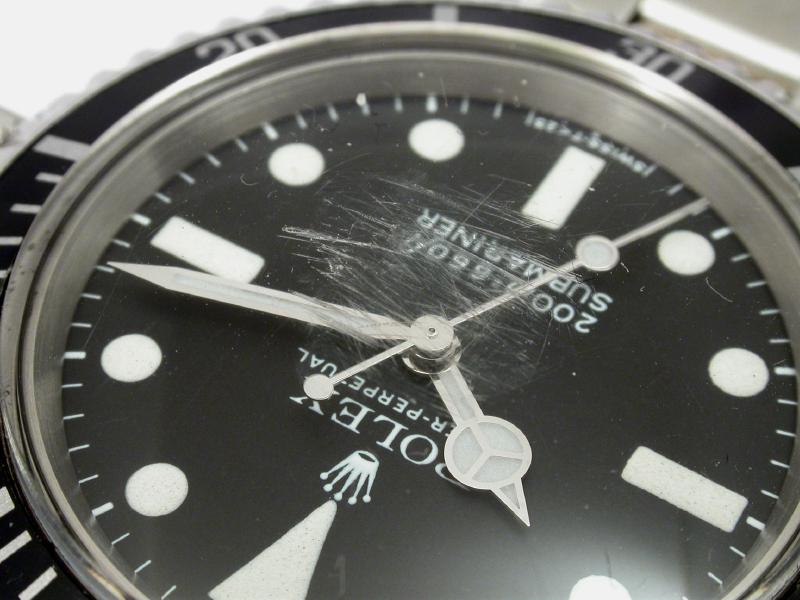
Can the Rolex Crystal be Polished? Complete Guide
If the crystal on your Rolex watch is scratched, you’re probably wondering whether it can be polished or not. Scratches on the crystal of the watch are never fun and too many scratches can even make it more difficult to read the time.
So can the crystal of your Rolex be polished and restored or do you have to replace it altogether?
Rolex crystals
Firstly, we need to clarify that Rolex hasn’t always used the same material for the crystal of its watches throughout all of its history.
Throughout the brand’s history, Rolex has used two types of crystals:
- Acrylic
- Sapphire
The short answer is that acrylic crystals can be polished but sapphire crystals can not.
So before we begin, we need to sort out the fact that whether or not you can polish the crystal of your watch depends on which watch you have. Or, more importantly, when it is from.
Rolex started with acrylic crystals for its watches in the early days. In around the 1970s, Rolex started to replace its acrylic crystals with synthetic sapphire crystals. The first Rolex watch to feature a sapphire crystal was the Oysterquartz in 1970s. The Submariner did not receive a sapphire crystal until 1981. With this said, it took some time for Rolex to completely phase out the acrylic crystal for all of the watches in its collection. Today, Rolex only uses sapphire crystals for its timepieces. The last watch to have an acrylic crystal was the Oyster Perpetual, which received a sapphire crystal in 1991.
The primary reason that Rolex moved to sapphire crystal is its scratch-resistant properties. The synthetic sapphire is many times harder than acrylic and is extremely resistant to scratches. Only diamond is a harder element than sapphire on the mohs scale.
This does not mean it is scratch-proof, but it means that it is very difficult to scratch it.
Acrylic will develop scratches from regular wear, which can develop to a lot of scratches over time. Sapphire crystal, on the other hand, will only get scratches if subject to very hard objects like stone or metal, and it meets the crystal in an unfortunate way.

Both acrylic and sapphire have their own sets of benefits. Whilst sapphire crystal is extremely scratch-resistant, it can shatter if dropped or accidentally knocked against a hard object. The glass shatter can cause damage to the movement and the dial. Acrylic, on the other hand, is quite soft and will develop scratches over time. The good news is that acrylic crystals can be polished and buffed to remove the scratches and be restored to a flawless state. Acrylic crystals will not shatter and thus not damage the movement or dial either.
If an acrylic crystal breaks, you can replace it relatively easily and the watch won’t be damaged by the shatter. This means it is also a relatively easy fix. However, if a sapphire crystal shatters, Rolex will require a complete service to remove shatter from the movement.

How to polish an acrylic Rolex crystal
If you have an acrylic crystal, you can easily polish it at home. It is of course also possible to have it replaced by Rolex if it’s in a very poor state and you deem that it is better to replace it.
To polish your acrylic crystal, you need a small tube of Polywatch. (Click here to see the product on Amazon). Simply take a cloth and apply a small drop of Polywatch. Start polishing in a circular motion and stop when you are satisfied with the result.

What to do if Rolex sapphire crystal is scratched
If you have a Rolex watch with a sapphire crystal and it has got a scratch, you are really only left with two options. The first is to leave it and the second is to replace the crystal. The cost of replacing a crystal is fortunately not too bad. Replacing the sapphire crystal on your Rolex watch will normally set you back between €150 and €300.




